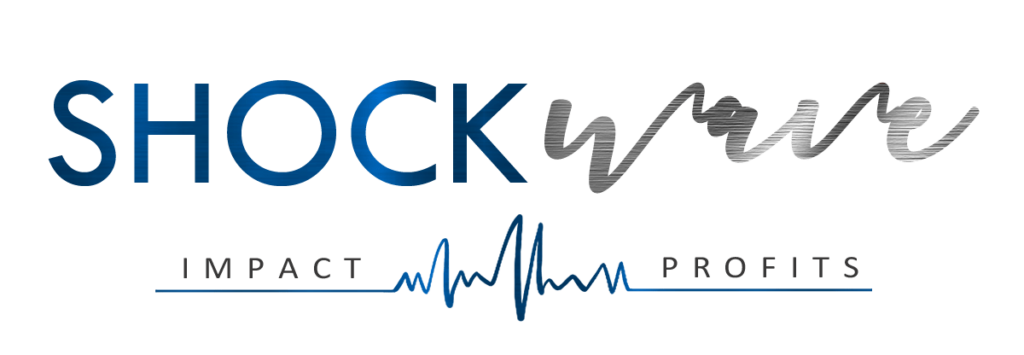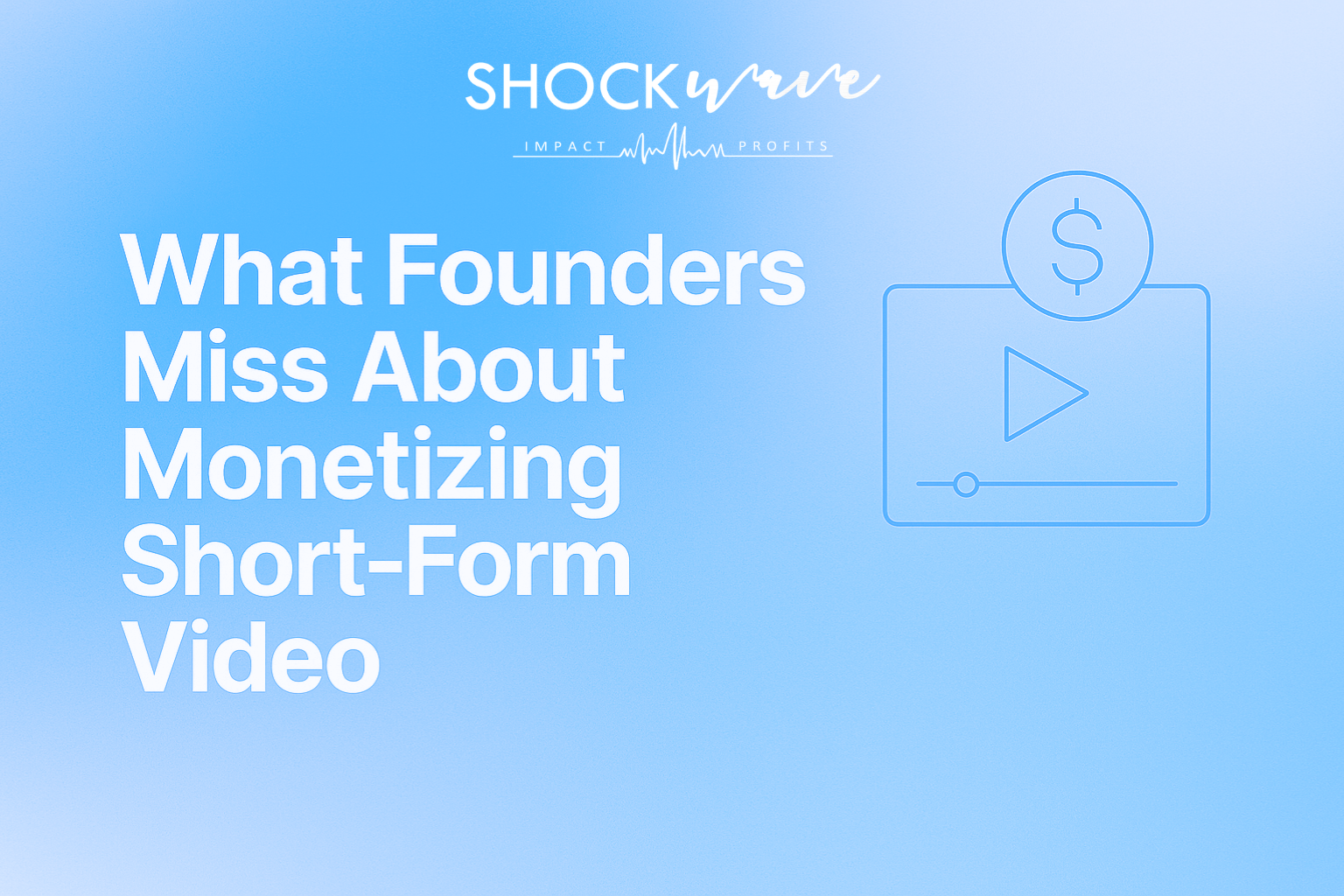Short-form video has become one of the most powerful acquisition channels in the world, yet most founders still approach it with the wrong expectations.
They look for virality, not consistency.
They track views instead of behavior.
They invest effort into creativity instead of into a structure that leads viewers toward a clear business outcome.
That’s why so many brands “post content” without ever turning that content into revenue.The gap between posting video and monetizing video isn’t talent.
It’s misunderstanding.
The Real Purpose of Short-Form Video Isn’t Virality — It’s Qualification
Most founders judge video performance through vanity indicators: reach, likes, shares, and accidental spikes in views. But Keenya’s story exposes a different truth: her first major business breakthrough didn’t come from creative genius or algorithm luck. It came from a single video that reactivated demand for a book she had published years earlier.
This wasn’t a viral moment.
It was a qualification moment.
Short-form content works because it helps people decide quickly whether they resonate with your message, your expertise, and your perspective. It shortens the time between discovery and trust. It shows how you think, how you communicate, and why someone should listen to you at all.
Founders often forget that awareness is not the problem.
Clarity is the problem.
Short-form video solves that by becoming the fastest format for helping a buyer understand whether the person behind the brand can solve the problem they have.
Revenue Comes From Narrative Consistency, Not Content Complexity
Keenya’s shift from running a design agency to becoming a leading video monetization strategist didn’t happen because she became more charismatic or creative. It happened because video allowed her to tell a consistent story across platforms — TikTok, Instagram, Facebook — without adding complexity to her workload.
What made the difference wasn’t the number of videos but the coherence of her message.
Founders who treat video like a series of isolated pieces never generate momentum. The videos may perform individually, but they don’t accumulate trust or build a buyer journey. The companies that win treat short-form content as an ongoing narrative: Each video connects to a problem, a belief, a misconception, or an education point their audience is already cycling through.
This creates compound credibility.
And credibility is what drives revenue.
Short-Form Video Replaces Cold Prospecting — If It Answers the Right Questions
Founders underestimate how much cognitive work video removes from the sales process. A 30-second clip can replace a 30-minute call. It can answer objections, create alignment, demonstrate personality, and show expertise without requiring synchronous communication.
But this only works if the content solves the right questions:
- “Do I trust this person?”
- “Do they understand my situation?”
- “Can they actually help me?”
- “Is this worth my time or money?”
- “Do I feel safe making this decision?”
The companies that monetize video treat each clip as a small but meaningful step toward resolving a buyer’s uncertainty. They solve doubt before they sell anything.
This is the operational side of video most founders miss: short-form is not top-of-funnel fluff — it’s pre-sale infrastructure.
Winning with Short-Form Video Requires Operational Thinking, Not Performer Thinking
Many founders hesitate to leverage video because they assume the medium requires extroversion, entertainment, or high-energy personalities. Keenya’s experience proves otherwise. Her best-performing students are often introverts who rely on clarity and depth rather than theatrics.
What sets them apart is structure:
- Clear content lanes
- Repeatable frameworks
- Simple prompts
- Consistent posting systems
- Clean messaging boundaries
They win because they’re not relying on charisma; they’re relying on process.
Short-form video at scale is not a creative sprint.
It’s an operational rhythm.
The companies that successfully monetize it treat it the same way they treat email, paid ads, or product development — as a deliberate part of the business, not a casual experiment.
Product Revival and Demand Re-Activation: An Overlooked Benefit
One of the most revealing insights Keenya shared is that video can revive old assets — courses, books, products, frameworks — that once had traction but lost visibility. The algorithm favors relevance, not recency. If the content still solves a problem, video can pull it back into the spotlight.
Founders often bury their best work simply because it’s no longer being promoted. Video reverses that downward slide. It gives dormant offers a new opportunity to be discovered by a fresh audience without requiring a full relaunch.
This is one of the quietest revenue wins in the entire podcast episode:
short-form video isn’t just for new ideas; it’s for resurrecting profitable ones.
Short-Form Video Is Not a Trend — It’s Infrastructure
Short-form platforms have reshaped buyer behavior. Attention has shortened, decision cycles have sped up, and trust is now earned in smaller increments. Brands that treat video as temporary fall behind the brands that treat it as core infrastructure.
The lesson from Keenya’s journey is simple:
Short-form content doesn’t replace your business.
It strengthens the business you already have.
When executed with intentionality, it becomes a foundational pillar of revenue growth — not because it entertains, but because it clarifies, qualifies, and accelerates the customer’s path to purchase.
Want tactical frameworks for scaling systems inside your business?
Access free resources inside the 👉 VISIONARY VAULT! 👈

